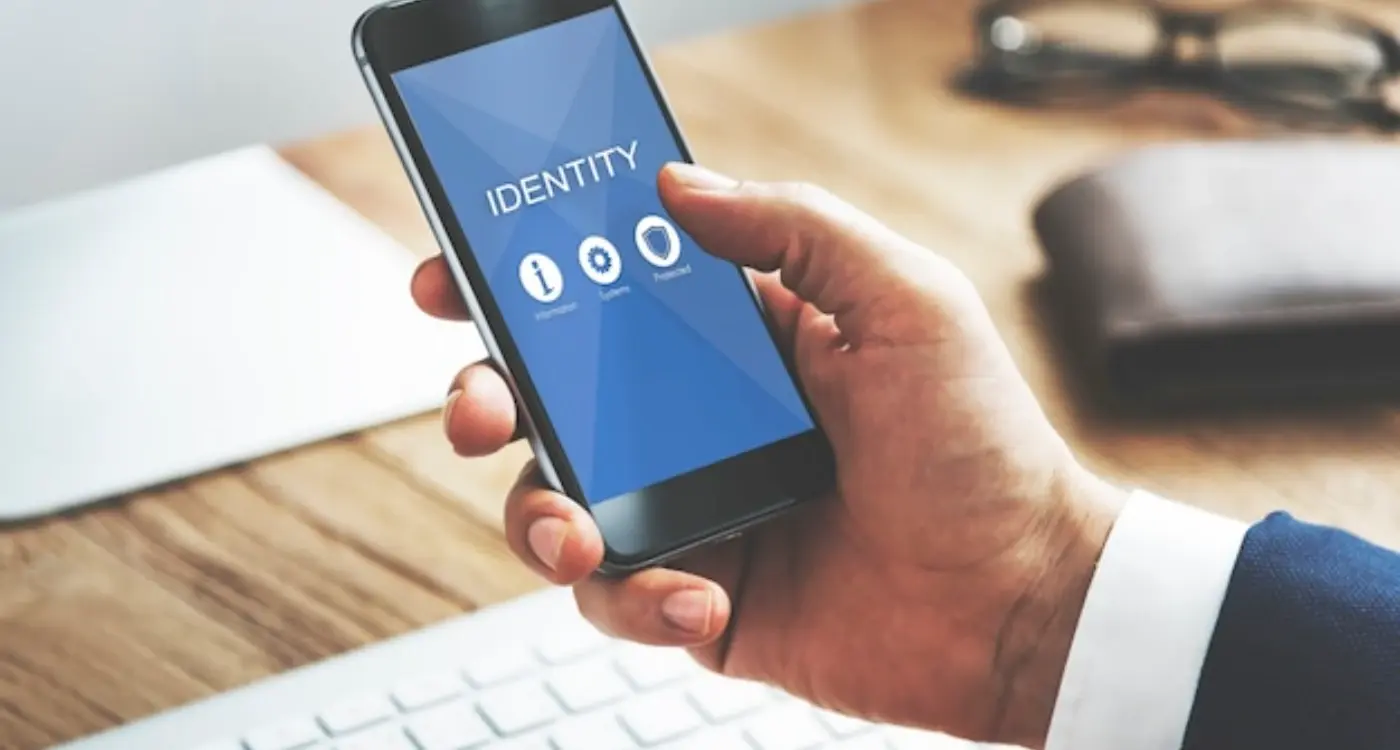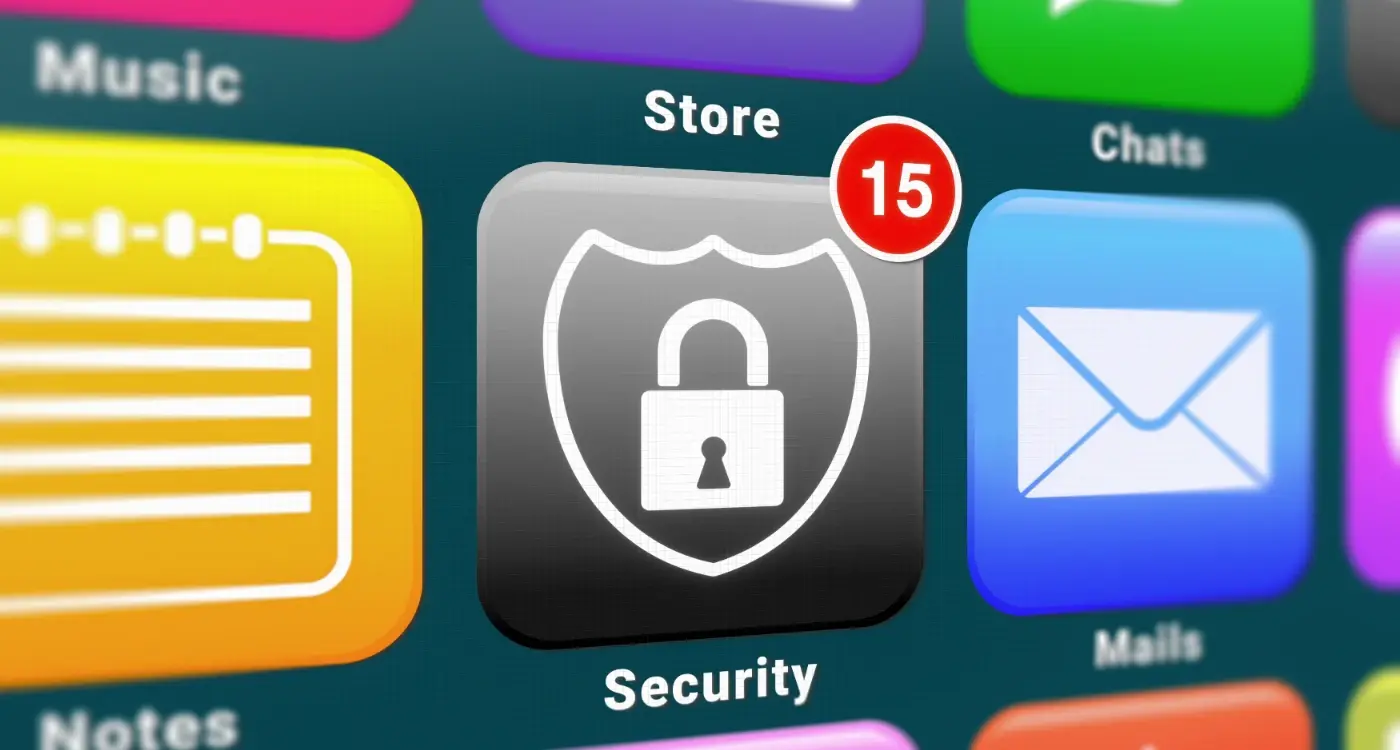Can I Launch My Mobile App Globally Without A Legal Team?
Every minute, over 400 new mobile apps are uploaded to app stores worldwide—yet most developers have no idea they're walking into a legal minefield the moment they decide to launch beyond their home country. I've watched brilliant apps get pulled from stores, face hefty fines, or worse, get buried in legal disputes that could have been avoided with proper planning. The question isn't whether you need to understand international compliance for your mobile app; it's whether you can afford not to.
Global app launches aren't just about translating your content and changing your currency symbols anymore. Each region comes with its own web of legal requirements, data protection laws, and compliance standards that can make or break your international expansion. From GDPR in Europe to specific content restrictions in Asia, the legal landscape for mobile apps has become increasingly complex.
The biggest mistake I see developers make is treating legal compliance as an afterthought rather than a fundamental part of their launch strategy
But here's the thing—you don't need a full legal team to navigate these waters successfully. What you need is knowledge, preparation, and a clear understanding of what's required in each market you're targeting. This guide will walk you through the legal requirements, compliance standards, and practical steps you can take to launch your mobile app globally whilst staying on the right side of international law.
Understanding Global App Launch Basics
Right, let's talk about what happens when you want to launch your app in multiple countries. I've worked with clients who think they can just flip a switch and suddenly their app is available worldwide—and whilst technically that's true with app stores, the reality is much more complicated.
When you launch globally, you're not just dealing with one set of rules anymore. Each country has its own laws about data protection, privacy, content restrictions, and business practices. What's perfectly legal in the UK might be completely banned in Germany or require special permissions in Australia.
The Three Main Areas You Need to Consider
First up is data protection. Every region handles user data differently; Europe has GDPR, California has CCPA, and other countries have their own versions. Then there's content regulation—some countries restrict certain types of apps or require age verification systems. Finally, you've got business compliance, which covers everything from tax obligations to consumer protection laws.
Why This Matters for Your App
I've seen apps get pulled from stores or face hefty fines because they didn't understand local requirements. The good news? Most of these issues are preventable with proper planning. You don't need to become a legal expert, but you do need to understand what legal considerations you should know before launching before you hit that publish button.
Legal Requirements by Region
Right, let's talk about the elephant in the room—every country has its own set of rules for mobile apps. And yes, it can feel overwhelming when you're trying to launch globally. I've worked with clients who've launched in over 50 countries, and trust me, the legal landscape changes dramatically depending on where you're going.
Europe has GDPR, which affects how you handle user data and requires explicit consent for data collection. The US focuses heavily on children's privacy with COPPA if your app targets users under 13. China? Well, that's a whole different beast with content restrictions and mandatory local hosting requirements. Australia has its Privacy Act, and India has been tightening data localisation rules.
The Reality Check
Here's what I tell my clients: you don't need to become a legal expert overnight, but you do need to understand the basics. Most regions fall into similar categories—data protection, content restrictions, accessibility requirements, and consumer protection laws. The key is identifying which markets matter most to your app and understanding their specific requirements.
Start with one or two key markets rather than trying to comply with every region at once. Master those first, then expand your legal compliance as you grow.
Some countries require local legal representation or business registration before you can operate. Others have specific requirements for financial apps or those handling sensitive data. The good news? Many requirements overlap, so getting one region right often covers you for others.
Data Protection and Privacy Laws
Right, let's talk about something that gives most app developers sleepless nights—data protection laws. I've watched countless clients panic when they realise their simple recipe app suddenly needs to comply with regulations across different countries. The good news? It's not as scary as it sounds once you understand the basics.
The big players you need to know about are GDPR in Europe, CCPA in California, and various other regional laws that pop up regularly. GDPR is probably the most strict—it covers any app that processes data from EU residents, regardless of where your company is based. That means if someone in Paris downloads your app, you're dealing with GDPR rules. The law requires clear consent for data collection, easy ways for users to delete their data, and some pretty hefty fines if you get it wrong.
Getting the Basics Right
Most data protection laws want the same things: transparency about what data you collect, user control over their information, and proper security measures. Start with a clear privacy policy that explains what data you're collecting and why. Make sure users can easily request their data or ask you to delete it.
The tricky part is that different regions have different rules about consent, data storage, and user rights. Some require explicit opt-in consent whilst others allow opt-out mechanisms. This is where having legal guidance becomes really valuable—especially if you're collecting sensitive data like location, health information, or payment details. For specific guidance on GDPR compliance, understanding whether you need to follow GDPR rules is crucial for any app collecting European user data.
Intellectual Property Protection
Here's something that might surprise you—your mobile app's biggest threat probably isn't a competitor with more funding or better marketing. It's someone copying your idea and beating you to market in another country. I've watched brilliant app concepts get completely derailed because the developers didn't think about intellectual property protection until it was too late.
Your app's IP includes everything from your source code and unique algorithms to your brand name, logo, and even the way your user interface looks and feels. The tricky bit? What's protected in one country might not be protected in another, and filing for protection can be expensive and time-consuming.
What You Can Protect
Copyright automatically protects your code and creative assets in most countries, but trademarks for your app name and logo need separate registration. Patents are trickier—they protect unique functionality but take years to process and cost thousands. Many developers skip patents entirely and focus on getting to market quickly instead.
The best IP protection is often speed to market combined with continuous innovation rather than relying solely on legal barriers
Practical Steps
Start by registering your trademark in your primary markets—this is usually the most cost-effective protection. Document everything during development and consider filing provisional patents for truly unique features. Most importantly, have solid contracts with your development team that clearly assign IP ownership to you.
App Store Compliance Rules
Right, let's talk about app store compliance—something that catches many developers off guard. Apple's App Store and Google Play Store have strict rules about what apps they'll accept, and these rules change more often than you'd think. I've seen brilliant apps get rejected for the smallest oversights, which is frustrating for everyone involved.
Content and Functionality Requirements
Both stores are quite picky about content. Your app can't include anything offensive, violent, or inappropriate—and they're the ones who decide what counts as inappropriate. Apps also need to work properly; if your app crashes or doesn't do what it promises, you'll face rejection. The stores want apps that provide real value to users, not just basic web wrappers or spam.
Technical and Legal Compliance
Your app must follow platform-specific design guidelines and technical requirements. This includes proper use of device features, appropriate permissions, and following interface standards. You'll also need clear privacy policies, proper age ratings, and accurate app descriptions. The stores check for copyright infringement too—using someone else's images or content without permission will get you rejected quickly. Most importantly, keep your app updated; outdated apps that don't support current operating systems often get removed from stores entirely.
Terms of Service and User Agreements
Right, let's talk about something that makes most app developers' eyes glaze over—terms of service and user agreements. I get it, legal documents aren't exactly thrilling, but they're absolutely necessary when you're launching a mobile app globally. Think of them as your safety net; they protect both you and your users by clearly outlining what everyone can expect.
Your terms of service need to cover the basics: what your app does, how users can (and can't) use it, what happens if something goes wrong, and how you handle payments if you're charging for anything. The tricky bit with international compliance is that different countries have different requirements for what must be included.
What Your Terms Must Include
- Clear description of your app's services
- User responsibilities and prohibited activities
- Payment terms and refund policies
- Liability limitations and disclaimers
- How disputes will be resolved
- Which country's laws apply
Here's where it gets interesting—you can't just copy someone else's terms and hope for the best. Each mobile app is different, and your legal requirements will vary depending on where your users are located. Some countries require specific language about consumer rights, others have strict rules about limitation of liability.
Keep your terms simple and readable. Legal jargon might sound impressive, but if your users can't understand what they're agreeing to, you could face problems later. Additionally, understanding the legal requirements for app onboarding and privacy will help ensure your user agreement covers all necessary compliance areas.
Working with Legal Professionals
I'll be honest with you—after eight years in this business, I've seen too many app founders try to handle legal matters themselves and regret it later. You might think hiring a legal professional is expensive, but trust me, the cost of getting it wrong is far worse. A single data breach fine or trademark dispute can cost more than a year's worth of legal fees.
Finding the right legal help isn't as scary as it sounds. You don't need a massive law firm with gold-plated letterheads. What you need is someone who understands technology and has experience with app launches. Many smaller firms specialise in tech startups and offer more reasonable rates than the big players.
When to Bring in Legal Help
You should consider legal support at these key moments:
- Before launching in any new country or region
- When drafting your terms of service and privacy policy
- If you're collecting sensitive user data
- When dealing with intellectual property protection
- If you receive any legal notices or complaints
Making Legal Support Affordable
Here's what I tell my clients: start with document templates from reputable legal template providers for basic terms and conditions. Then have a lawyer review them for your specific situation—this hybrid approach saves money whilst keeping you protected. Many lawyers also offer fixed-price packages for app launches, which helps you budget properly.
Conclusion
So can you launch your mobile app globally without a legal team? The short answer is yes—but it's not a decision I'd recommend taking lightly. Throughout this guide we've explored the complex web of legal requirements, data protection laws, and compliance rules that govern international app launches. From GDPR in Europe to varying privacy regulations across different regions, there's quite a lot to get your head around.
If you're a solo developer or small startup with a straightforward app and limited budget, you might be able to handle the basics yourself using the frameworks we've discussed. The key is knowing your limitations and being realistic about what you can manage. App store guidelines, basic terms of service, and understanding fundamental privacy requirements—these are manageable with proper research and attention to detail.
But here's what I've learned from working with countless app launches over the years: legal complications tend to surface when you least expect them. A seemingly innocent feature might trigger specific regulations in certain countries; a simple data collection practice could violate privacy laws you weren't aware of. The cost of getting it wrong can be devastating—not just financially, but in terms of your app's reputation and future prospects.
My advice? Start with the essentials and build your legal framework as you grow. Get professional help for the critical stuff, especially around international compliance and intellectual property protection.
Share this
Subscribe To Our Learning Centre
You May Also Like
These Related Guides

How Do Privacy Laws Change App Approval Requirements?

Which Security Standards Do Mobile Apps Need To Follow?



